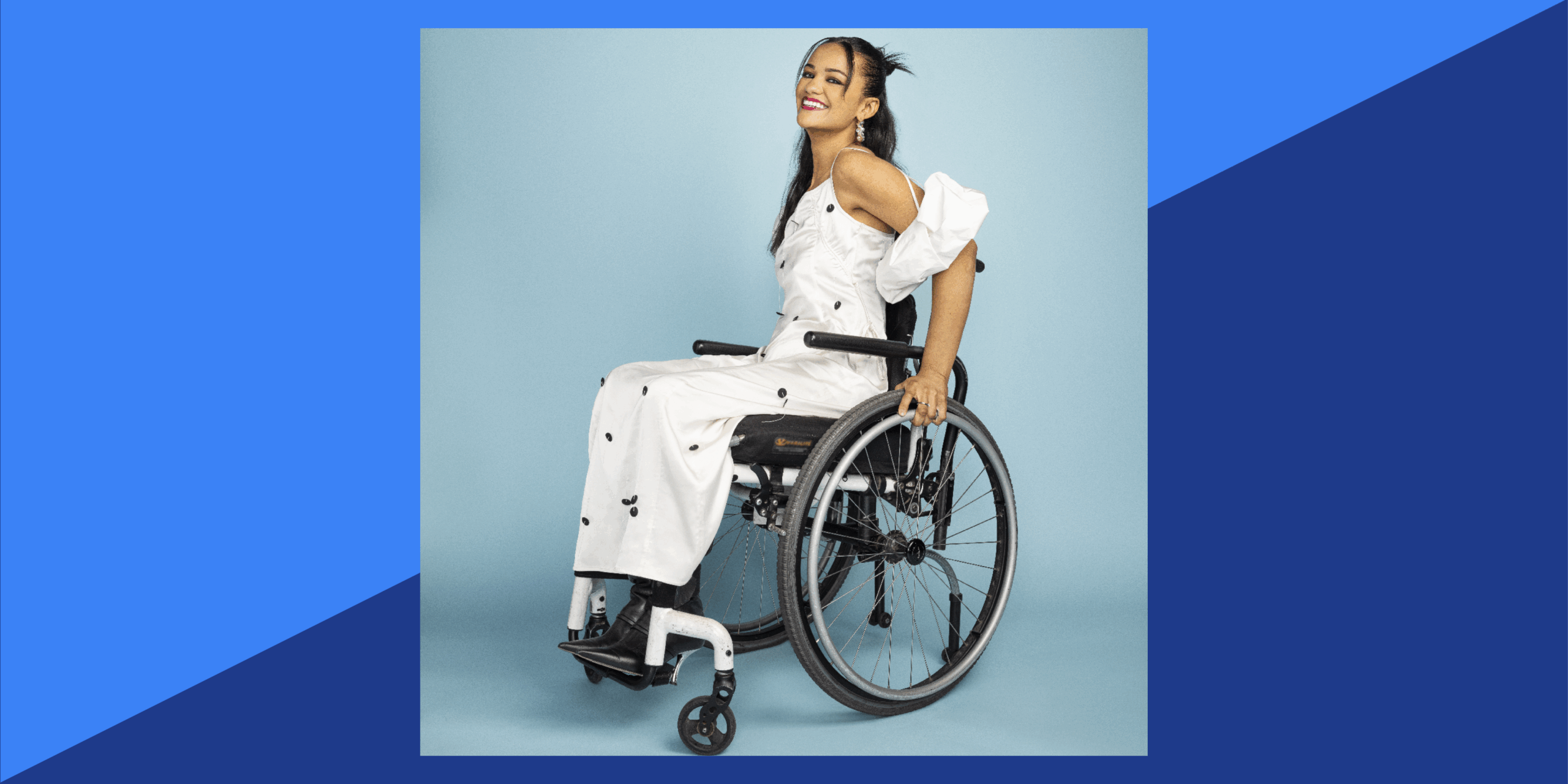Unlock the Celebrity Secret: How the Deep Plane Face Lift Is Redefining Ageless Beauty – And Why Everyone’s Talking About It!
Ever wonder how Lindsay Lohan still looks like she just walked off the set of “Mean Girls,” or how Kris Jenner manages to bluff us into thinking she’s in her forties at nearly 70? It’s not magic, but it’s close. Celebrities have long had the luxury of access to top-tier aesthetic treatments, yet lately, the results have become downright jaw-dropping—and dare I say, natural-looking. After years of Botox and lasers, the conversation is shifting, with stars openly embracing the scalpel. Enter the deep plane facelift—a procedure quietly taking over TikTok feeds and beauty conversations, promising a refreshingly authentic glow-up without the dreaded “pulled” look. So what’s behind this Hollywood secret, and is it worth the hefty price tag? Let’s dive into the ins, outs, and everything in between. LEARN MORE
There’s something interesting happening with the celebrities we’ve known, loved, and followed for decades: They don’t seem to be aging like the rest of us. Lindsay Lohan, at the height of her popularity in 2004 when Mean Girls hit the big screen, is as glowing and wrinkle-free as she was twenty years ago. At nearly 70-years-old, Kris Jenner, who first exploded onto the scene with the 2007 debut of Keeping Up With The Kardashians, could easily be mistaken for 40. Demi Moore? What substance is she taking?
The most remarkable part of these evolutions: how natural they look. It’s hardly news to say that wealthy, connected people have access to the best doctors and the means to overhaul their looks with a few nips and tucks. But the results were never quite so good. Had their faces not been plastered across magazine spreads or featured on television screens year after year, one might assume these women were simply genetically blessed.
Even more remarkable is how the conversation around surgery itself is changing: After years of championing everything non-invasive–Botox and lasers can only do so much–influencers and celebrities are embracing, even celebrating, going under the knife. (See Kylie Jenner’s TikTok comment spilling her exact implant details, along with the plastic surgeon who did the work.) This openness has led to a lot of chatter around what exactly these stars are doing. And one surgical procedure keeps coming up as part of this chatter, spurred on by social media speculation: the deep plane facelift. And there’s a good reason, say doctors: “When done appropriately, a deep plane facelift creates a more natural result and avoids the pulled look,” says New York City-based aesthetic and reconstructive plastic surgeon Michael Stein, MD.
Meet the experts: Michael Stein, MD, is a New York City-based aesthetic and reconstructive plastic surgeon. Patrick J. Byrne, MD, is a facial plastic and reconstructive surgeon with the Cleveland Clinic. Marc Mani, MD, is a plastic surgeon in Beverly Hills, CA.
And interest is giving way to action: Facelift procedures rose last year, hitting nearly 80,000 surgeries performed, according to American Society of Plastic Surgeons data. Not only are more people getting them, “facelifts are trending younger, with more patients in their forties and early fifties choosing this option,” says Patrick J. Byrne, MD, a facial plastic and reconstructive surgeon with the Cleveland Clinic, with interest in deep plane facelifts leading that charge.
So, what exactly is a deep plane facelift, and how is it different than a traditional facelift? For answers to those questions and more, including the cost breakdown, the healing process, and what the average person can do to look years younger in a non-drastic way, we tapped top docs.
Read on for the inside scoop.
What is a deep plane facelift?
Traditional facelifts mainly reposition just the surface of the skin, which can result in a stretched or pulled look. A deep plane facelift goes, well, deeper: The superficial musculoaponeurotic system (SMAS), a layer of fat, muscle, and other tissue, is lifted off the deeper fascia with the skin still attached, explains Marc Mani, MD, a plastic surgeon in Beverly Hills, CA. “The skin is essentially just along for the ride, and whatever excess is left over is removed around the ear.” says Dr. Mani.
Dr. Stein says that by operating this way, surgeons can “target the mid-face and jawline and tighten the neck simultaneously to create a natural and harmonized look,” and adds that while it’s a little more involved, the end results are worth it. “It takes longer to do than a skin-only facelift, but the results can be longer-lasting” he says, estimating that a deep plane facelift will often continue to look great for a decade or more.
If you’re thinking this technique must be new because the details—and speculation as to who’s had it—seem to be trending on TikTok and IG, you’re not entirely wrong. The deep plane facelift has been around for years, but it didn’t necessarily go by that name. “Plastic surgeons have been cutting and elevating the SMAS for many years, but didn’t call it the ‘deep plane facelift,’ until fairly recently,” says Dr. Stein, who attributes the growth in popularity to more media coverage. Still, there’s no denying that the procedure has been refined over the years: “More surgeons are being trained in the nuanced steps—especially advances in how we address the neck—which has led to more consistent, high-quality results,” adds Dr. Byrne.
How it all happens.
As with any plastic surgery, it’s not as easy as simply making an appointment. “The journey begins with a consultation, where the surgeon reviews goals, health history, and anatomy to determine if you’re a good candidate,” explains Dr. Byrne. At this time, there may be preoperative lab work performed, medication adjustments made, and guidelines on lifestyle habits offered. Dr. Mani’s consultations can take up to two hours—and this is after he’s already screened the patient by reviewing photographs and deeming them an appropriate fit. “If the patient has filler, as many do nowadays, we order a 3D MRI of the face to locate it, then several follow-up visits are scheduled to remove the filler by dissolving it with an enzyme,” he explains.
In terms of the surgery itself, it will take several hours and is done under general anesthesia, during which patients may opt to add on other tweaks. “Many patients combine procedures for a more comprehensive result,” says Dr. Byrne. “These can include eyelid surgery, brow lift, lip lift, fat transfer, or skin resurfacing with lasers or chemical peels.” Combining treatments can create overall balance and avoid a situation where the lower face looks youthful but the eyes or forehead still appear aged, he adds.
Dr. Mani, in fact, has a whole protocol that involves undergoing regenerative treatments at the same time as a deep plane facelift. “I do MIST on almost every patient,” he says. (MIST stands for Minimally Invasive Stromovascular Transfer.) “It’s a fancy way of saying that I take stem cells and other supporting cells that repair tissue and form new blood vessels from your fat and inject them into your face, neck, décolletage, and hands to rejuvenate,” he explains, This allows for improvement in the skin, including tackling sun damage, fine lines, melasma, and acne scars.
After surgery, you must be diligent about healing properly. “Most patients have sutures removed within seven to ten days,” says Dr. Byrne. “And some surgeons place small drains, which are usually removed within one to two days.” During this time, you can expect bruising and swelling, with some patients experiencing more than others. That’s why it’s important to follow your surgeon’s instructions, which could include taking medication, sleeping with your head elevated, avoiding smoking and drinking alcohol, and staying out of the sun. “After about three weeks, most people feel comfortable in public with minimal makeup or hairstyling camouflage,” adds Dr. Byrne. “Full recovery is gradual: swelling continues to improve, scars soften, and the face refines over several months.” Depending on the practice, your surgeon will have their own protocol. “My patient remain in LA for two weeks for intensive follow-up and suture removal and subsequent follow-ups are scheduled during the first six months post-op,” says Dr. Mani.
Wondering what all of this will cost you? There are lots of variables, including the location of your surgery—big-city doctors in New York, Los Angeles, and Miami typically come with heftier price tags—and how skilled and sought-after your surgeon is. But, wherever you go, a deep plane facelift won’t come cheap. In the US, you can expect to spend anywhere from $20,000 to $100,000, says Dr. Byrne. “Without any additional procedures, the cost ranges from $50,000 to $75,000,” says Dr. Stein. Dr. Mani says his fees are several times that. “It’s important to focus on a surgeon’s training, experience, and results rather than price alone,” adds Dr. Byrne.
The right fit.
Aside from having the money on hand, are you a candidate? It all comes down to where you want the focus of your transformation to be. “A facelift addresses the lower face and neck—it won’t rejuvenate the eyes or forehead,” says Dr. Byrne, so if your areas of concern lie in the upper face, a deep plane facelift probably wouldn’t be your best choice. As for the best age, experts are divided. Dr. Mani insists it’s a great option for those who skew a bit younger. “As long as you’re over 35 and have tissue laxity, endoscopic deep plane work is better when done early because young tissues are stronger, hold stitches better, and results last longer,” he says. Longevity is another reason to make this decision earlier in life: “If you have a deep-plane lift at forty-two, it can last fifteen years; if you wait until sixty-two, it may last only eight years,” he explains. (Though, FYI: there is such a thing as getting a facelift too early. “If you don’t have the classic signs of facial aging, you’re simply not a candidate for the procedure,” Dr. Stein points out.)
Dr. Byrne says it’s less about an exact age, though. “The number itself is less important than tissue quality, anatomy, and realistic expectations,” he says. “The best candidates are people in good overall health with visible laxity along the jawline, jowls, or neck.” Other things to consider: “Factors like skin elasticity, underlying facial structure, and even the size and position of certain neck glands influence the degree of improvement possible.”
As for the risks, Dr. Mani says, “infection, bleeding, injury to nerves, including the nerves that move the muscles of the face, the need for a second operation or revision are all risks.” This is why it’s so important to do your research and go to a trusted doctor. “Skin healing can also be impaired, particularly in smokers,” Dr. Byrne points out, adding, “Fortunately, the complication rate for deep plane facelifts remains very low.”
A world of options.
If taking the plunge isn’t part of your plan, there are other non-invasive ways to rejuvenate. “Injectables like Botox and fillers, fat transfer, energy-based devices such as ultrasound or radiofrequency, and skin resurfacing are all good options depending on your goals,” says Dr. Byrne. But he’s also quick to point out that while these can build collagen to soften wrinkles or restore volume, none can fully replicate the structural transformation of a facelift. “They’re best viewed as complementary or as ways to postpone surgery,” he says. Dr. Mani agrees. “No liquid, filler, or thread can replicate the effects of a deep plane facelift,” he says.
However, keeping up with healthy practices, such as not smoking, avoiding the sun during peak hours, and wearing sunscreen will pay dividends in maintaining a youthful appearance. The latter, in particular, is an easy daily step that dermatologists recommend and can have a noticeable effect: A 2013 study found that daily application of broad-spectrum SPF 15 sunscreen resulted in 24% less visible skin aging over four-and-a-half years. So, it really does pay off, especially when you start early.
Turning back the clock.
Recent advancements in techniques and training have made the deep plane facelift Hollywood’s secret to an ageless face. And when performed by a qualified plastic surgeon, a decades-younger complexion that will last for decades to come is possible. While you’re at it, it’s wise to combine the surgery with other treatments to address the skin itself, such as radiofrequency and lasers.
But this is all going to cost a pretty penny, so, your best bets for pushing off a facelift or avoiding one entirely is to maintain healthy habits, treating your skin with efficacious formulas (a retinoid, a vitamin C, and a daily sunscreen are a dermatologist’s holy trinity), and abstaining from things such as sun tanning and smoking. Sadly, there’s no magic way to lift your skin and get a Jenner-like glow-up without surgery (womp, womp), but incorporating chemical peels, injectable treatments, radiofrequency, and maybe even exploring the idea of fat transfer can help.
After all, isn’t your face worth the investment?
Lisa DeSantis is a freelance writer, editor, and brand consultant in the beauty, wellness, and lifestyle spaces. Lisa has been in this field for over ten years, collaborating with some of the top experts in the space and trying thousands of products along the way. Getting her start at QVC as an intern while she attended Drexel University, Lisa learned the ins and outs of working in media. After graduating, she began contributing to many top women’s lifestyle magazines, including Fitness, Allure, Health, and Real Simple, before starting her freelance career. She has also made TV appearances on Good Morning America and the Today Show, among other news segments. Some of Lisa’s most recent work can be found on Byrdie, Cosmopolitan, and Glamour. Lisa currently resides in Nashville, where she is training to become a Pilates instructor while contributing to many of her favorite New York-based magazines and digital sites. Find her on Instagram at @lisa_desantis_ or check out her website: lisadesantis.co.
Brian Underwood is beauty director at Women’s Health, where he oversees content strategy for the brand across all platforms, including digital, print, and social. Underwood previously served as beauty and wellness director at Oprah Daily and O, The Oprah Magazine. During his tenure leading beauty content for the Oprah brand at Hearst, stories Underwood commissioned were awarded the Skin Cancer Foundation Media Award and a Fragrance Award for Editorial Excellence (his second). He was the launch Beauty Director of Dr. Oz THE GOOD LIFE, and has held additional editorial positions at Fitness, Organic Style, Good Housekeeping, Life & Style Weekly, and Woman’s Day and has written for Self, Shape, Seventeen, Redbook, Cosmopolitan, and many more. Underwood previously served on the Skin Cancer Foundation’s gala committee and as partnerships director of the Trans Beauty Clinic, a New York-based charitable organization that provided beauty services and workshops to the city’s trans community.




















Post Comment